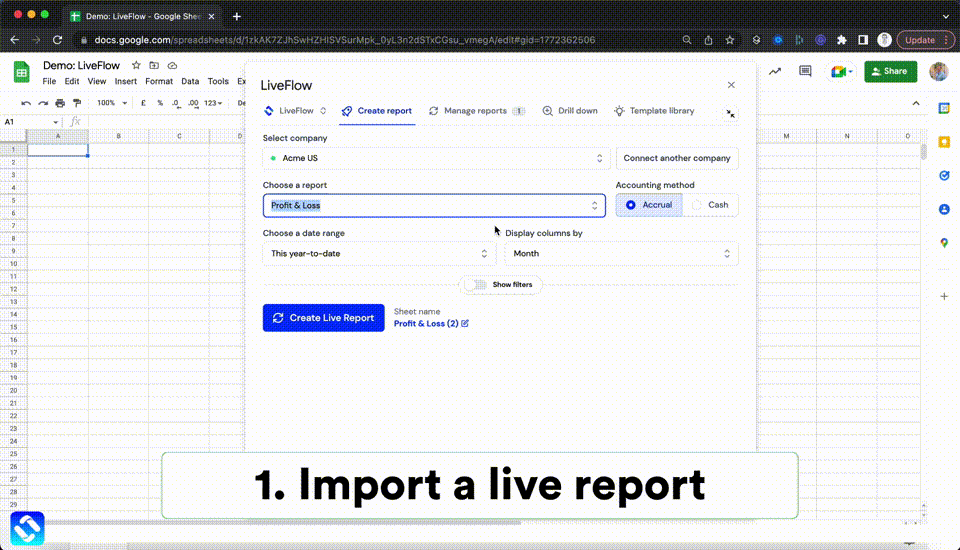OFFSET Function in Excel: Explained
In this article you will learn how to use the OFFSET formula in Excel.
What does the OFFSET Formula do?
The OFFSET formula in Excel is a powerful function that allows you to reference a cell or range of cells that is a specified number of rows and columns away from a starting cell or range. You can use the OFFSET formula in a variety of ways, such as to dynamically reference ranges based on the value of a cell or to create dynamic named ranges.
Where is the OFFSET Function in Excel useful?
The OFFSET formula in Excel is a powerful tool that allows you to dynamically reference a range of cells in a worksheet. Some of its common applications include:
- Creating dynamic ranges and charts: OFFSET can be used to create a range of cells or a dynamic chart that adjusts automatically as new data is added to a worksheet.
- Summing a range of cells: You can use OFFSET to sum a range of cells based on a dynamic starting point and length.
- Moving or copying data: OFFSET can be used to move or copy data within a worksheet.
- Building interactive dashboards: You can use OFFSET to build interactive dashboards that allow users to select different data ranges or periods.
Overall, the OFFSET formula is a versatile and useful tool for working with dynamic data in Excel.
How to use the OFFSET formula in Excel?
Please see below for the Syntax to using the OFFSET function:
reference: This is the starting cell or range from which you want to offset. It can be either a cell reference or a named range.
rows: This is the number of rows that you want to offset from the starting cell or range. It can be a positive or negative number.
cols: This is the number of columns that you want to offset from the starting cell or range. It can be a positive or negative number.
[height]: This is an optional argument that specifies the height of the range that you want to return. If omitted, the range will have the same height as the reference range.
[width]: This is an optional argument that specifies the width of the range that you want to return. If omitted, the range will have the same width as the reference range.
Note 1: Reference must refer to a cell or range of adjacent cells; otherwise, OFFSET returns the #VALUE! error value.
Note 2: Height and Width must be positive numbers
Here's an example of how to use the OFFSET formula:
Suppose you have a table of data in cells B2:D10, and you want to reference a range that starts one rows below cell B2 and two rows to the right side extends for four rows and one columns. You could use the following formula:
This formula would return the range of cells D3:D6, which is one row below B2 and two columns on the right and has the same width (1 column) and height (4 rows) as the specified arguments.

Analyze your live financial data in a snap in Google Sheets
Are you learning this formula to visualize financial data, build a financial model, or conduct financial analysis? In that case, LiveFlow may help you automate manual workflows, update numbers in real-time, and save time. You can access various financial templates on our website, from the simple Income Statement to Multi-Currency Consolidated Financial Statement. Are you interested in this product but are an Excel user? That’s not a problem at all. You can connect Google Sheets to Excel quickly.
To learn more about LiveFlow, book a demo.

You can learn about other Excel and Google Sheets formulas and tips that are not mentioned here on this page: LiveFlow‘s How to Guides

